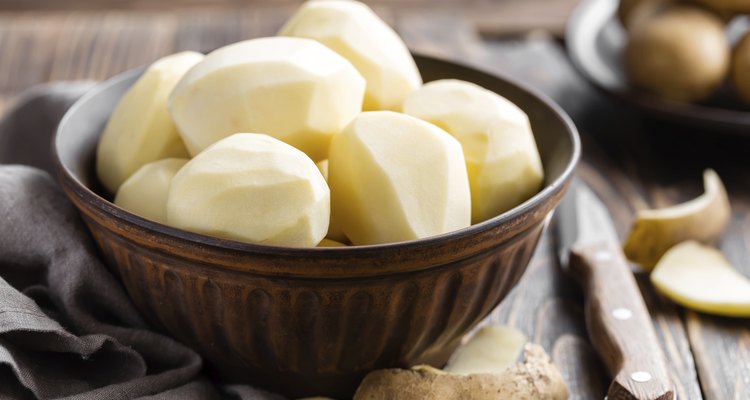
YelenaYemchuk/iStock/Getty Images
Some meals can keep a dieter full for hours, while others inspire cravings and grumbling stomachs in just an hour. Choosing highly satiating foods can control overall daily calorie intake by preventing snacking and overeating. Qualities such as fiber, fat, protein and bulk make certain foods more filling and satisfying than others.
Nuts
Peanuts and tree nuts are calorie-dense and high in fat, but these qualities seem to make them satisfying to dieters. According to Richard Mattes of Purdue University in a review of literature regarding nut consumption and energy balance published in the "Journal of Nutrition" in September 2008, people who eat nuts compensate by eating less throughout the rest of the day. Little to no change in weight occurs when nuts are included in a diet, and this seems to be because of their satiation factor.
Boiled Potatoes
Boiled potatoes rank as the most satiating food on the satiety index devised by University of Sydney researcher Susanne Holt and colleagues through a study published in the "European Journal of Clinical Nutrition" in 1995. They fed subjects 38 foods and then tested their levels of satiation every 15 minutes for two hours after the meal by offering them additional food. White bread was given the baseline score of 100, so foods more satisfying than white bread scored higher than 100 and those less satisfying came in under 100. Boiled potatoes rated a 323, the highest of all 38 foods. Holt attributed the satiating quality of potatoes to their size and bulk. Other forms of potatoes, like french fries, were not as satisfying to participants as the boiled variety.
Protein
On the satiety scale, foods high in protein, like meat and fish, also ranked highly. In a 2005 issue of the "American Journal of Clinical Nutrition," researchers from the University of Washington School of Medicine and the Oregon Health and Science University studied the effect of increased protein intake on feelings of fullness in 29 subjects. When these participants increased their daily protein intake from 15 to 30 percent of daily calories without changing the amount of carbohydrates eaten, they experienced a markedly increased level of satiation. The participants reduced their total calorie intake by about 440 calories a day as a result of the higher protein diet. Include a lean protein at all meals and snacks to benefit from its satiating quality -- try egg whites at breakfast, Greek yogurt or cottage cheese as snacks and turkey, chicken or fish at lunch and dinner.
Related Articles
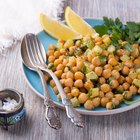
Garbanzo Beans on the Glycemic Index

Description of Spanish Foods

List of Vegetables for the Paleo Diet

Different Types of Fruits & Vegetables
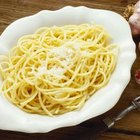
Foods to Avoid With High Carbs

How Can I Rid My Body of Water ...

Differences Between Roasted & Raw Nut ...
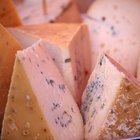
A List of Foods From the Medieval Times
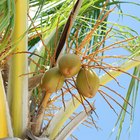
Which Nuts Are Alkaline Forming?

Couch to 5K Diet
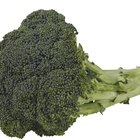
What Vegetables Have Citric Acid?

How to Store Raw Peanuts

How Does an Overbearing Mother Affect a ...

Meals That Go Well With Baked Potatoes

Farm-to-Table Concept

What Is the Nutritional Value of an ...
Do Almonds Ever Go Bad?

The History of Asian Food

The Importance of Teenage Friendships

Nutrition Data on Boiled Red Potatoes
References
Writer Bio
Andrea Boldt has been in the fitness industry for more than 20 years. A personal trainer, run coach, group fitness instructor and master yoga teacher, she also holds certifications in holistic and fitness nutrition.
Photo Credits
YelenaYemchuk/iStock/Getty Images